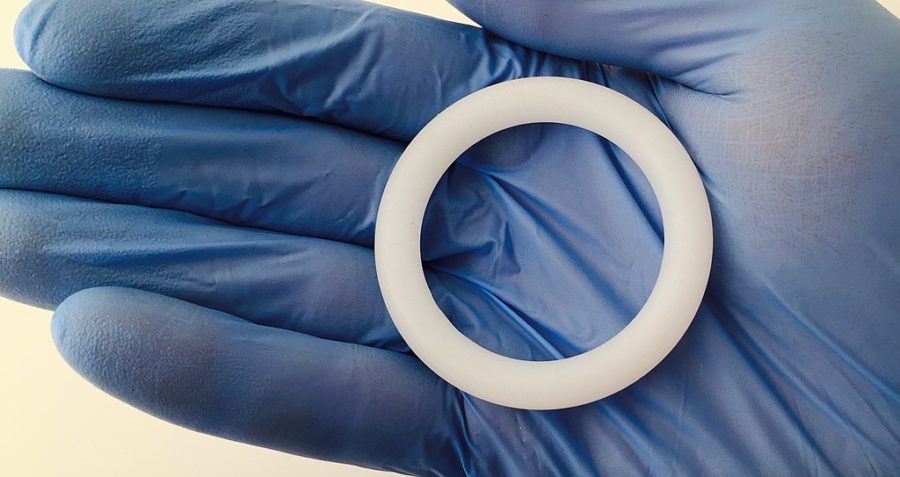Enter the Ring – New HIV prevention method places power in women’s hands
 © NIAID
© NIAID
January marked an important step on the path to the first fully female-controlled HIV prevention method, after the World Health Organization (WHO) recommended use of the dapivirine vaginal ring for cisgender women at ‘substantial risk’ of HIV, as part of combination prevention approaches.
Adolescent girls and young women represent nearly one in three new HIV infections in east and southern Africa, despite making up only 10% of the population. That’s 3,600 girls and young women who contract the virus every week – more than double the number of boys and young men of the same age.
The ‘dapi ring’ is worn inside the vagina. It can’t be seen or felt during sex, and doesn’t have to be inserted immediately before or taken out immediately afterwards. It stays in the vagina for 28 days, slowly releasing an anti-retroviral drug that provides localised protection from HIV. In this sense, it’s completely woman-controlled. It doesn’t need a doctor or nurse to put it in, and it doesn’t need a partner’s permission to use it.
This is important because we know that social and gender norms can limit girls’ and women’s choices when it comes to preventing HIV and having the sex they want. Often, they lack access to up to date, accurate information about HIV. They may face barriers to accessing services – or experience stigmatising reactions from heath service personnel if they ask for contraceptives or condoms.
On top of that, while many adolescent girls and young women joyfully enter sexual relationships because they want to, others are pressured – if not coerced or forced – to have sex before they want to. Even for those who have made the decision on their own terms, negotiating condom use can be difficult – in the end, a lot rests on having a willing partner.
Condoms remain the single most effective HIV prevention method if used consistently, but for many women in many different circumstances, ‘consistent use’ can be a challenge. In long term relationships, proposing condom use can be seen to signify mistrust or infidelity. Where sex work is criminalised, carrying condoms can put women at risk of arrest, and sex workers may have to rely on clients’ providing or agreeing to use condoms. For many women, the risks condoms mitigate have to be weighed up against the risks they impose.
From modelling data based on open label trials, the vaginal ring reduces the risk of contracting HIV by more than half, and can be more effective with consistent use. Among younger age groups its ability to protect against HIV has been less, due to difficulties with adherence. That’s why the WHO’s conditional recommendation is for the ring to be used not as a standalone prevention method, but as part of a combination approach, which still includes condoms and/or PrEP.
If the recommendation seems to sound a note of caution, it’s because there is still a lot to learn about both the ring’s effectiveness, and its accessibility and acceptability among the women who could benefit most from its use.
The dapivirine ring might not immediately address the gender norms and structural barriers that stand in the way of HIV prevention for adolescent girls and young women. But with sustained investment, political will and the right support – including the meaningful engagement of women and girls in their diversity in its roll-out – the ring has the potential to be an important tool in women’s and girls’ prevention toolbox, expanding not just access but choice for thousands of women worldwide.
Luisa Orza is Lead: HIV Technical (Gender) at Frontline AIDS.
Tags
Adolescent girls and young womenHIV prevention


